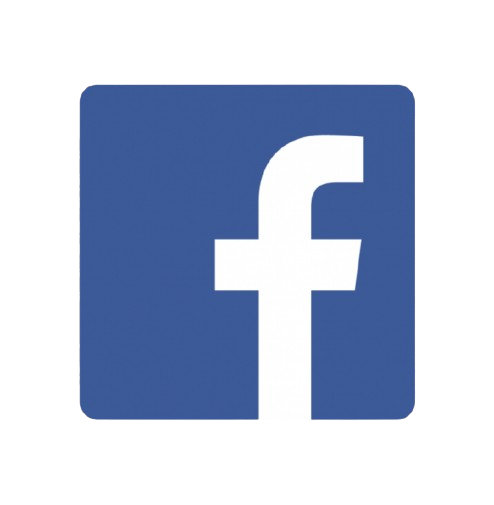Ortho-surgical management of Arhinia syndrome: A case report
##plugins.themes.academic_pro.article.main##
Abstract
Introduction and importance: Arhinia syndrome (AS) is an extremely rare malformation characterized by typical clinical signs such as a lack of nose, with difficulty in breathing and inability to feed due to airway obstruction. The ortho-surgical management of AS is a big challenge and it requires an interdisciplinary relationship between the orthodontist and a maxillofacial surgeon. The authors reported a case of AS.
Case presentation: The only case in Morocco among fewer than 30 cases described in the whole world, male child, 7-year-old.
Clinical findings and investigations: Complete absence of the external nose, nasal cavities, and other characteristic signs. This diagnosis was genetically confirmed.
Interventions and outcome: A LeFort II maxillary osteotomy was done in combination with a facemask and miniscrew followed by a parietal bone graft and maxillary expansion with a customer expander. An internal and external nasal reconstruction was undergone with orthodontic management of unerupted teeth. An acceptable morphology for the newly created external nose was obtained, this reconstruction was viable and esthetically acceptable. A slight external restenosis of a left nave was observed. This result was stable over three years.
Relevance and impact: AS is a rare condition with a pathogenesis not been fully understood. The ideal treatment should have the lowest possible morbidity and a low relapse rate. The most difficulty in the approach is the creation and maintenance of a nasal cavity. These therapeutic aspects will be discussed through this case...( abstract truncated at 250 words).
Keywords:
Case report, Ortho-surgical management, Arhinia syndrome##plugins.themes.academic_pro.article.details##

This work is licensed under a Creative Commons Attribution-NonCommercial-NoDerivatives 4.0 International License.
References
- Brusati R, Donati V, Marelli S, Ferrari M. Management of a case of arhinia. J Plast Reconstr Aesthet Surg 62:e206, 2009.
- Thornburg LL, Christensen N, Laroia N, Pressman EK. Prenatal diagnosis of total arhinia associated with normal chromosomal analysis: a case report. J Reprod Med. 2009 Sep;54(9):579-82. PMID: 19947037.
- Zhang MM, Hu YH, He W, Hu KK. Congenital arhinia: A rare case. Am J Case Rep. 2014;15:115-118.
- Brusati R. and Colletti G. The role of maxillary osteotomy in the treatment of arhinia. J Oral Maxillofac Surg 70:e361-e368, 2012.
- Yang JL, Gu H, Yuan ZZ, Xie XH, Yang YF, Tan ZP. Identification of a pathogenic SMCHD1 variant in a Chinese patient with bosma arhinia microphthalmia syndrome: a case report. BMC Med Genomics. 2024;17(1):136.
- Gordon CT, Xue S, Yigit G, Filali H, Chen K, Rosin N, Yoshiura KI et al. De novo mutations in SMCHD1 cause Bosma arhinia microphthalmia syndrome and abrogate nasal development. Nat Genet. 2017;49(2):249-55.
- Akkuzu G, Akkuzu B, Aydin E, Derbent M, Ozluoglu L. Congenital partial arhinia: a case report. J Med Case Rep. 2007;1:97.
- Sohrabi C, Mathew G, Maria N, Kerwan A, Franchi T, Agha RA. The SCARE 2023 guideline: updating consensus Surgical CAse REport (SCARE) guidelines. Int J Surg Lond Engl. 2023;109(5):1136.
- Kılıçoğlu H, Öğütlü NY, Uludağ CA. Evaluation of skeletal and dental effects of modified jasper jumper appliance and delaire face mask with pancherz analysis. Turk J Orthod. 2017;30(1):6-14.
- Feledy JA, Goodman CM, Taylor T, Stal S, Smith B, Hollier L. Vertical facial distraction in the treatment of arhinia. Plast Reconstr Surg. 2004 Jun;113(7):2061-6.

